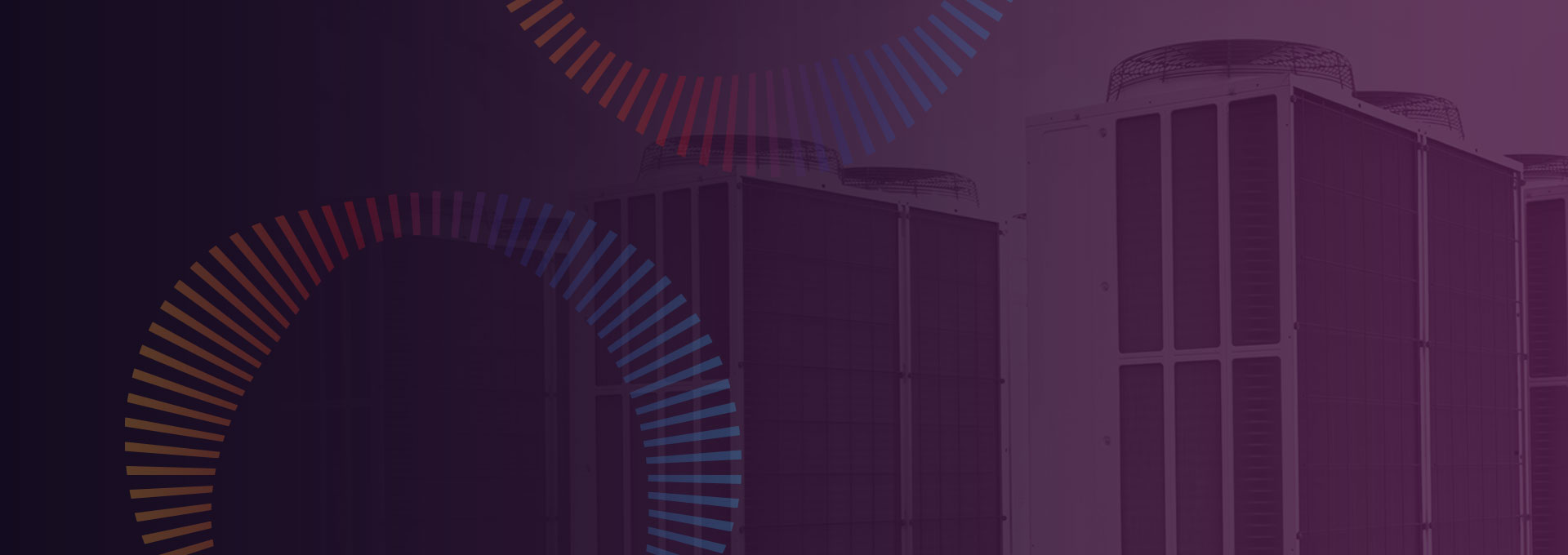VRV or VRF?


As a technology leader in the HVAC industry, Daikin registered the VRV term (which stands for Variable Refrigerant Volume1) as an official trademark. All other companies use VRF (Variable Refrigerant Flow2) for their similar HVAC systems. Eventually, VRF became the more common term for these types of systems. This is the term that will be used for the rest of this article.
Want to proactively and intelligently diagnose, service and control your VRF HVAC? Check out CoolAutomation's solutions for HVAC service providers and professionals:
Communication wiring comprises a 2 wired cable chained from the outdoor to all indoors, creating an internal closed loop network. This is an essential part of any VRF installation.
As for the Control, each indoor is controlled by its own wired control panel, while there are some possibilities for wireless remotes (IR) and centralized controllers, enabling controlling all indoors from one location.
The ability to adjust itself to the outdoor conditions is one of the main factors that makes these systems so efficient, compared to the traditional water cooled systems, based on chillers and fan coils.
Now, let's dive in, and see how it works in detail.
Let's take as an example a typical VRF installation, with one outdoor unit and multiple indoors.
Once a user turns one of the indoors "ON" by its local remote, the outdoor "gets noted" regarding it, and starts working. At this point, it will examine the outdoor conditions (temperature), the operating indoor requirements (operation mode, set point temperature), and will operate the compressor at the exact level, required to comply with the indoor requirements.
When another indoor unit is turned on, the outdoor recalculates the requirements from all the indoors, and will increase the compressor's output, according to the required level of demand.
This process is constantly occurring with any change, performed in the HVAC system. As described, this system is fully automatic, and regulates its power consumption based on the demand arriving from the indoor units and outside prevailing conditions.
Users can have influence on the desired indoor comfort conditions, modifying: Operation mode (On/Off), Operation state (Cool/Heat/Fan/Dry/Auto), setpoint temperature, and fan speed (High/Medium/Low/Auto). Controlling those parameters is the only thing required for proper operation, and the only thing that is required for proper integration with the VRF system.
Heat Pump systems (most popular) – all the indoor units can either heat, or cool (not at the same time). Fan and Dry modes are available for each indoor unit independently.
Heat Recovery systems (less popular) – those systems are the most sophisticated ones, where cooling and heating may be available by each indoor unit, independently, at the same time.
Want to proactively and intelligently diagnose, service and control your VRF HVAC? Check out CoolAutomation's solutions for HVAC service providers and professionals:
Footnotes